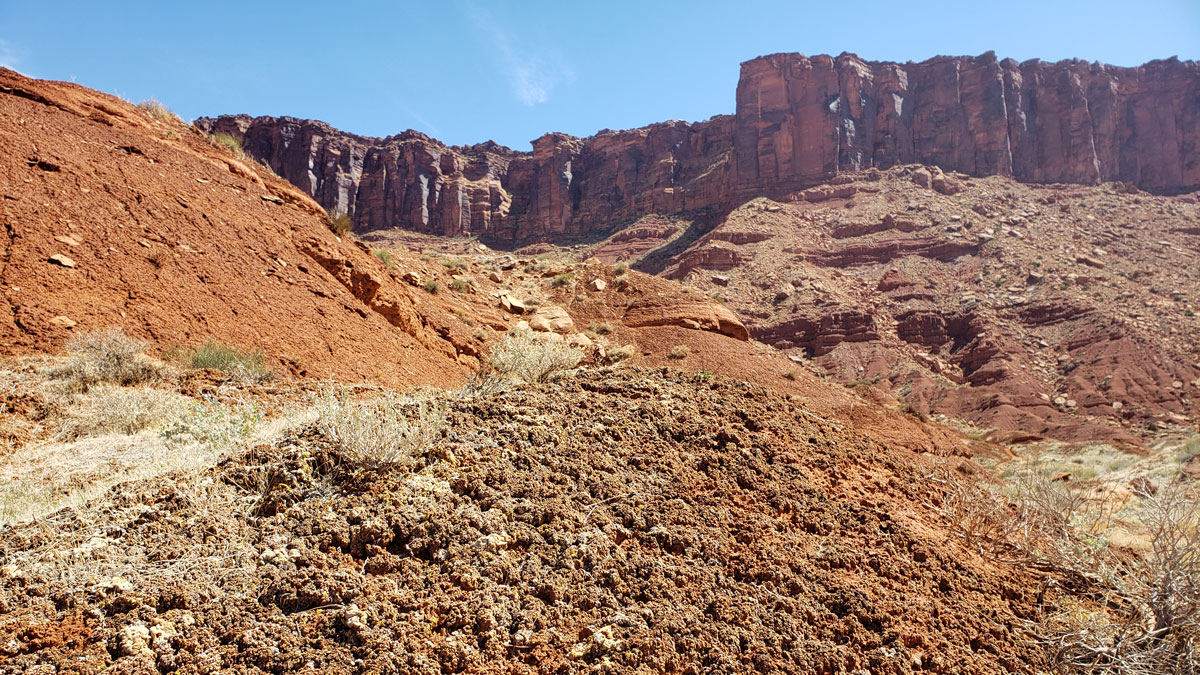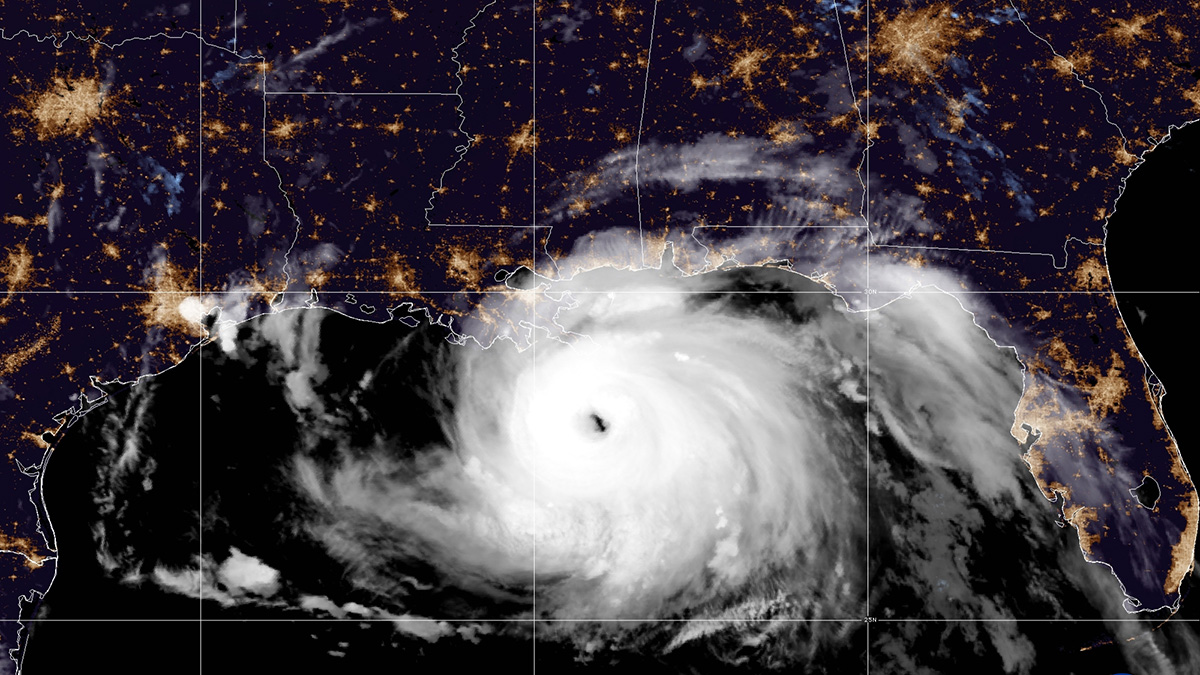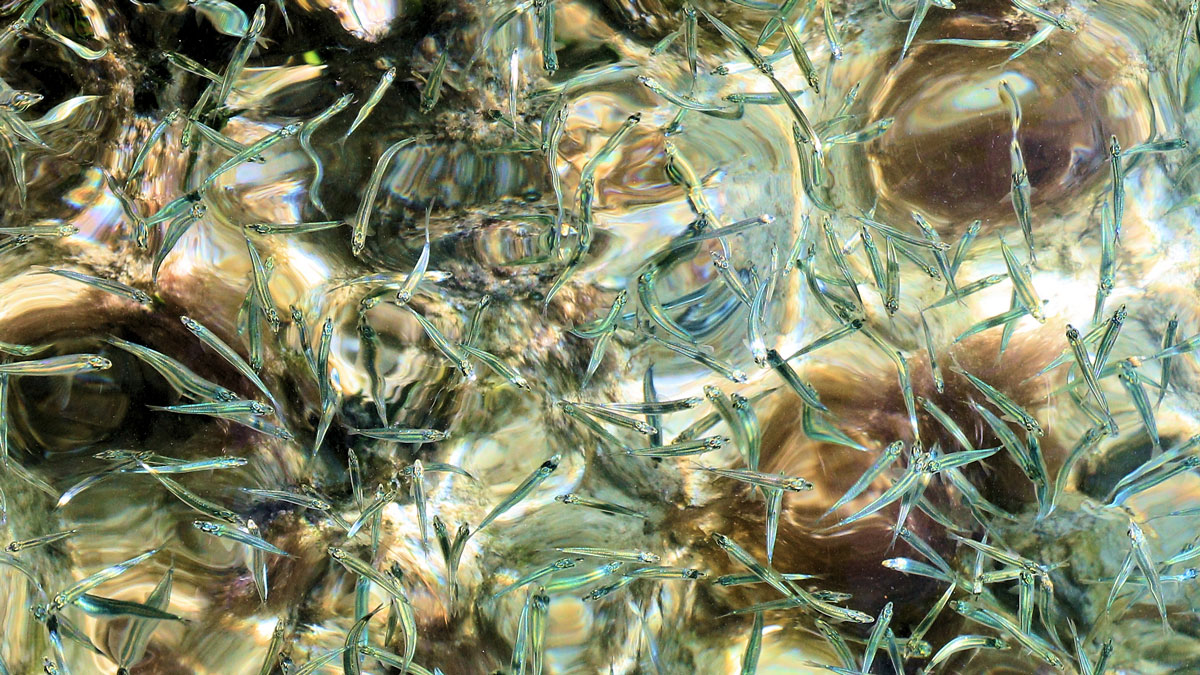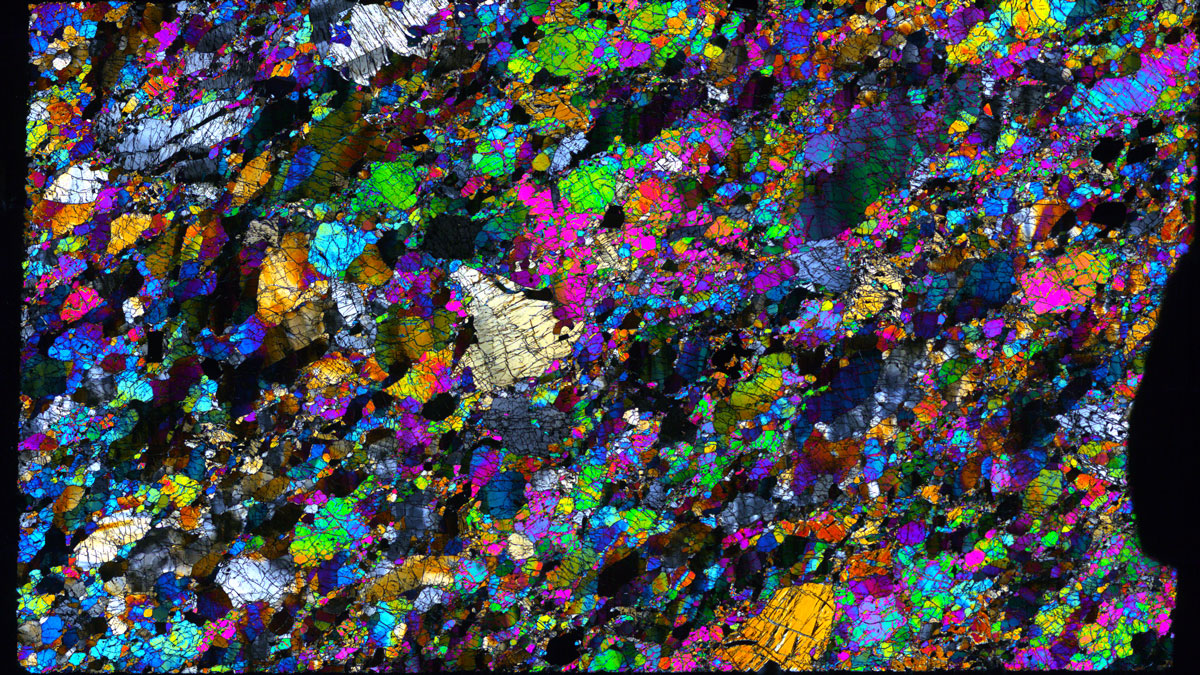Plantas cultivadas en regolito lunar recolectado por las misiones Apollo crecieron con éxito desde la semilla hasta el retoño, brindando así información sobre las futuras perspectivas de la agricultura lunar.
News
Climate Change Leads to Decline in Lichen Biocrusts
As summer temperatures continue to rise, important biocrust-forming organisms in the American Southwest may be lost.
Peat Uncovers a Uniquely Resilient Irish Community
Researchers reveal an abandoned settlement in Northern Ireland that showed unusual resilience during calamities including epidemics, famine, and climate change.
Active Hurricane Season Expected in the Atlantic Ocean
La Niña conditions and warm ocean temperatures have set the stage for another busy tropical storm year.
Chinese-Led Solar Research Is Looking Bright
With new missions underway and planned, China is stepping up to observe our nearest stellar neighbor.
Los beneficios climáticos de los bosques van mucho más allá del secuestro de carbono
Los bosques son “esencialmente sistemas de aire acondicionado” gracias a procesos biofísicos como la evapotranspiración y la rugosidad del dosel forestal.
Tiny Creatures May Play a Difficult-to-Detect Role in Ocean Mixing
As an idea that began as a joke, critter-driven ocean mixing has long been controversial. Now scientists have caught spawning anchovies causing turbulence and stirring the sea.
Muography Array Under Tokyo Bay Spots Meteotsunami Waves
A new study shows how muons can be used to study tide and wave phenomena, helping secure coastal communities.
Groundwater Flow May Contribute to Submarine Permafrost Thaw
New, detailed surveys from the Beaufort Sea reveal a seafloor depression the size of a city block associated with permafrost thaw and likely influenced by the movement of groundwater below.
Million or Billion? Narrowing Down the Age of Mantle Processes in New Guinea
Mantle rocks in Papua New Guinea contain curious geochemical signatures that scientists have traditionally interpreted as evidence of billions-year-old melting. New evidence suggests otherwise.










